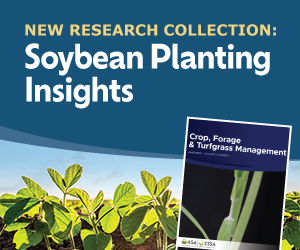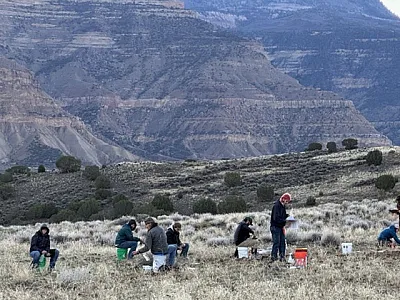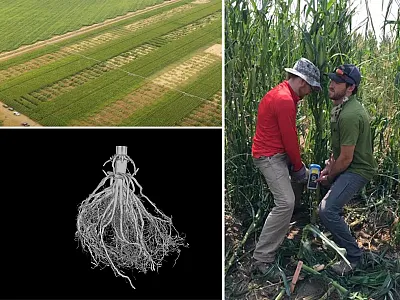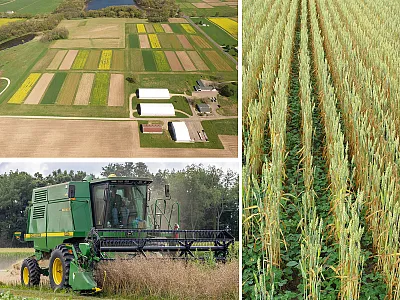Woodchip-Filled Filter Socks Help Mitigate Nutrient Runoff
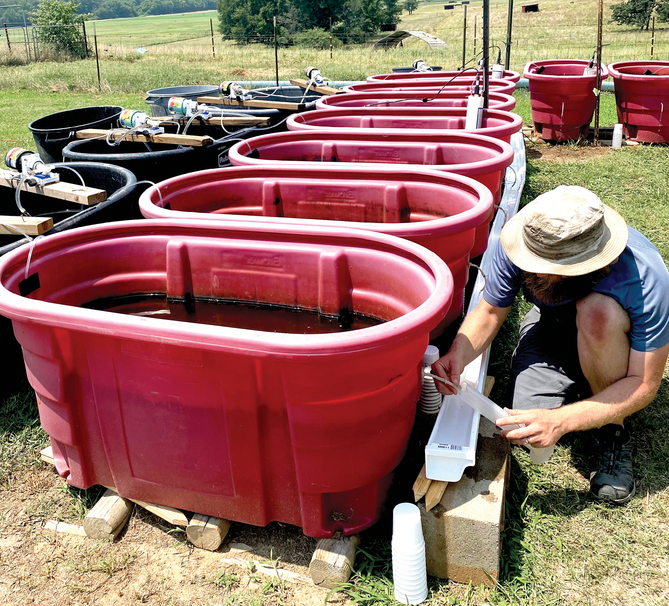
Excess nitrogen and phosphorus from agricultural runoff can harm rivers, lakes, and streams, and eventually end up damaging coastal environments like the Gulf of Mexico. Farmers need practical, economical conservation strategies to help reduce the amount of nutrients leaving row crop production farmland.
Scientists at the USDA‐ARS in Oxford, MS, along with their collaborators at Arkansas State University, examined an innovative practice using woodchip‐filled nylon mesh filter socks as bioditch reactors to route agricultural drainage through and mitigate nutrient loads. Normally used for erosion control on construction sites, the scientists tested this technology in small‐scale experiments. They found that woodchip filter socks successfully decreased the load of nitrogen in runoff, but the phosphorus load was sometimes higher in the presence of the filter socks. They also discovered that filter socks that were constantly wet in the small experimental systems were better able to remove nitrogen loads than socks that had been left dry for a time.
While the results of this experiment are promising for future farmer implementation, further studies are needed to determine whether the nitrogen is completely transformed to N2 in the filter sock environments to reduce greenhouse gas emissions.
Adapted from
Payne, G. K., Moore, M. T., Krajcir, K. J., Classen, R., & Farris, J. L. (2024). Evaluation of woodchip-bioditch reactors as a nutrient reduction conservation strategy. Agrosystems, Geosciences & Environment, 7, e20455. https://doi.org/10.1002/agg2.20455
Text © . The authors. CC BY-NC-ND 4.0. Except where otherwise noted, images are subject to copyright. Any reuse without express permission from the copyright owner is prohibited.




